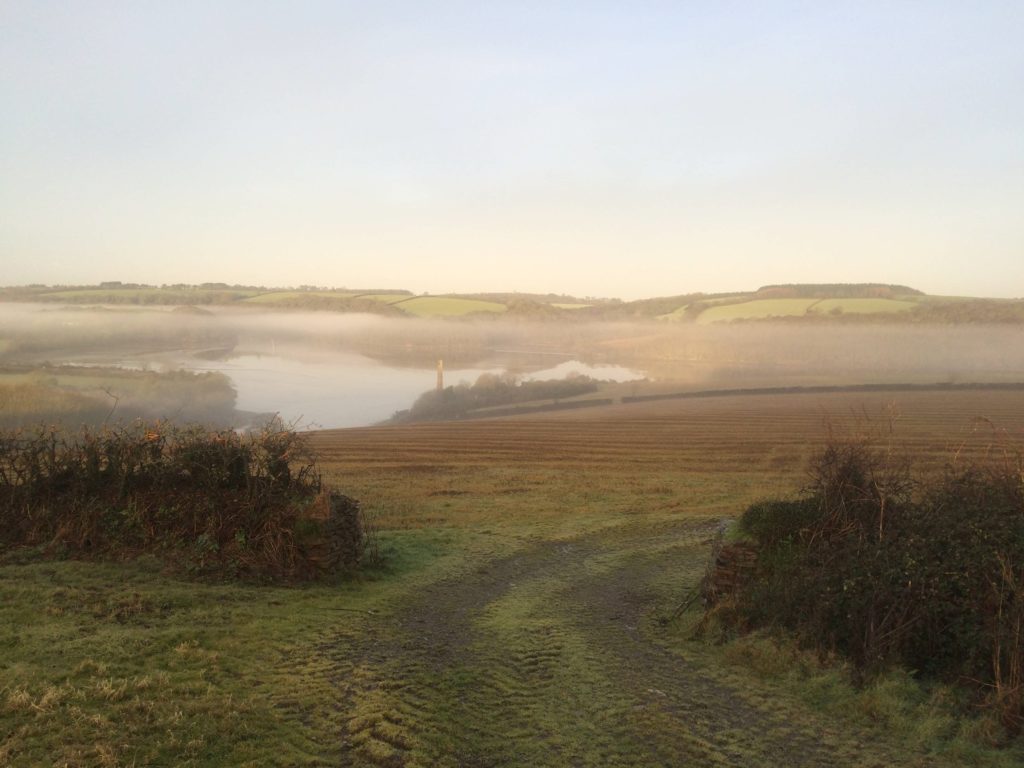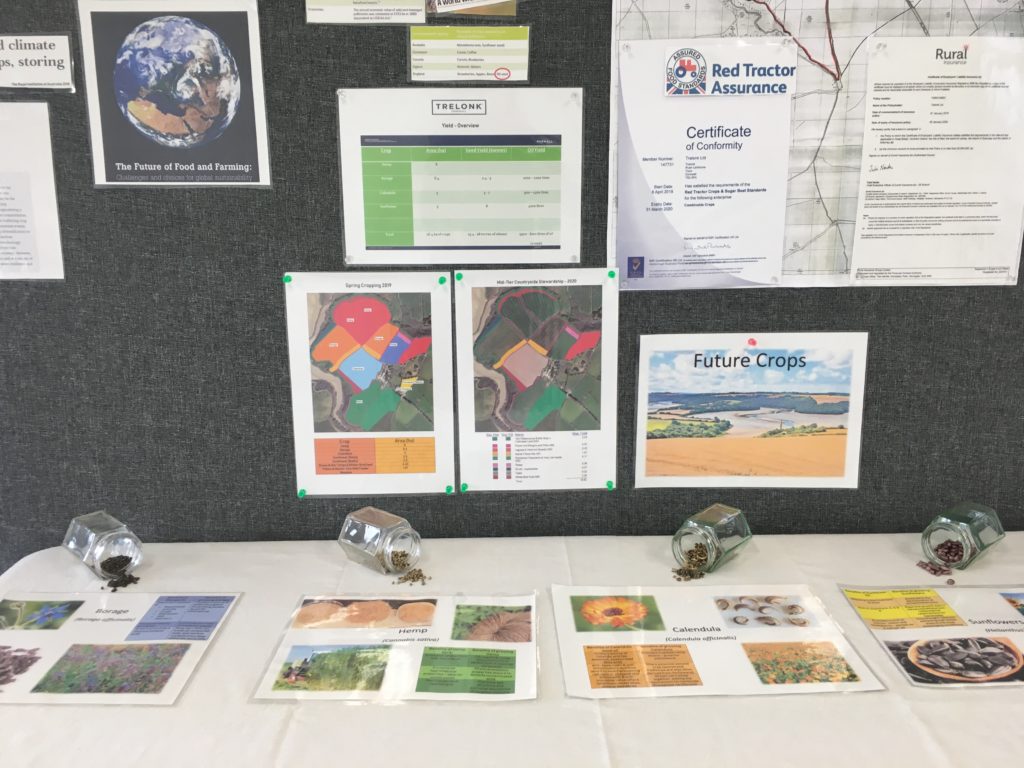As the weather wrestles between sunshine and showers, gales and gusts, we too are continuing to wrestle with the elements, waiting with optimism for a break in the cycle. Drilling crops, as mentioned last week, is a game fraught with fragility. Too early and we risk the unenviable scenario of a low germination rate, too late and our harvest gets pushed back, increasing the likelihood of us harvesting in wet, autumnal conditions (when the ground is at its most vulnerable). Still, the wet weather has worked wonders for our rose crop, so we can’t be too grumpy!
In other news, the search for local wildflower seed is now most certainly afoot. Using our links with Exeter University and the TEVI local seed challenge group, we will be trying to source wildflower seed as locally as possible. The reason for this is two-fold; firstly, by sourcing seeds that already bear the genetic code necessary for survival in our Cornish climes, we can be ever-more certain of their success. Secondly, we know that if we source our seed locally, it will make ideal habitat/sustenance for our local wildlife populations.
















